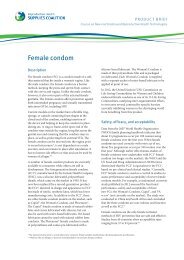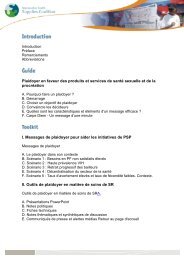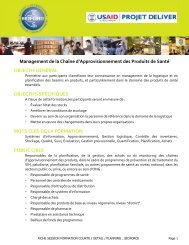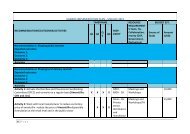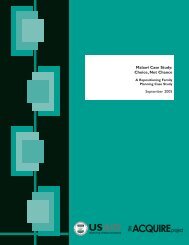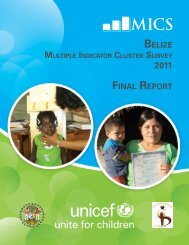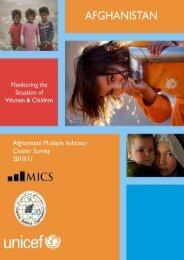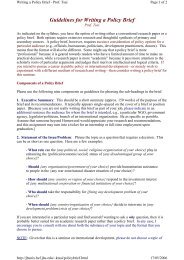EVERY WOMEN EVERY CHILD UN COMMISSION ON LIFE-âSAVING
EVERY WOMEN EVERY CHILD UN COMMISSION ON LIFE-âSAVING
EVERY WOMEN EVERY CHILD UN COMMISSION ON LIFE-âSAVING
- No tags were found...
Create successful ePaper yourself
Turn your PDF publications into a flip-book with our unique Google optimized e-Paper software.
final national catalytic work plan. The draft catalytic plan was then presented and cleared by the Ministry of Health Top Management structures. 1.4 Priority medicines for Uganda Prior to the development of this plan Uganda, on the basis of WHO guidance note on priority list of medicines for maternal, newborn and child health had prioritised 30 essential medicines in the national essential medicines list and standard treatment guidelines. The thirty medicines are classified as vital and therefore receive priority in the procurement process. The thirteen commodities are part of this list. The Ministry of Health Technical Working Group on Maternal and Child Health, in its meeting of October 5, 2012 considered this matter and resolved to focus on strategies that can be used to increase access to the priority medicines as identified by the <strong>UN</strong> Commission and WHO in collaboration with <strong>UN</strong>ICEF. The working group advised that the national plan should focus on the issues affecting access and use of medicines. 1.4 Priority recommendations for Uganda The Uganda plans to address most but not all the recommendations; based on a gap analysis emphasis will be put on the following recommendation: 6, 9 and 10 and some issues under recommendation 2, 3, 4, 5, 7 and 8. 2. OVERALL GOAL The Uganda <strong>UN</strong>CoLSC implementation plan is part of the Every Woman, Every Child (EWEC) movement and has the overall goal to increase access to simple life-‐saving commodities in all the districts and poorest communities that account for more than 80 per cent of all maternal and child deaths. 3. UGANDA COMMODITY SPECIFIC IMPLEMENTATI<strong>ON</strong> PLAN Addressing supply chain and logistics management systems: The specific supply chain issues for commodities that are cross cutting will be implemented using a health systems approach. The cross cutting issues include the LMIS, inventory management. Forecasting and quantifications are not cross cutting but the methodologies are similar hence those activities will be carried out as though they were cross cutting. In Uganda, the supply system is integrated at warehousing and distribution level. The inventory management at health facility level is



